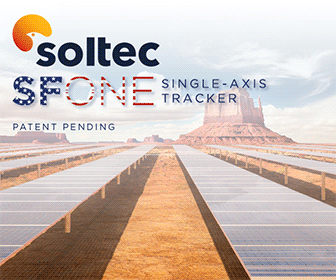39 States and DC Took Action on Distributed Solar Policy and Rate Design During Q2 2017
The N.C. Clean Energy Technology Center (NCCETC) released its Q2 2017 edition of The 50 States of Solar. The quarterly series provides insights on state regulatory and legislative discussions and actions on distributed solar policy, with a focus on net metering, distributed solar valuation, community solar, residential fixed charges, residential demand and solar charges, third-party ownership, and utility-led rooftop solar programs.
Key Solar Policy Actions in Q2 2017
The report finds that 39 states and the District of Columbia took some type of solar policy action during Q2 2017 (see figure below).Specifically, the report finds that:
- 42 utility requests in 25 states plus D.C. to increase monthly fixed charges or minimum bills on all residential customers by at least 10% were pending or decided.
- 24 states considered or enacted changes to net metering policies.
- 17 states plus D.C. formally examined or resolved to examine some element of the value of distributed generation or the costs and benefits of net metering.
- 12 states took policy action on community solar.
- 3 utility requests in 8 states to add new or increase existing charges specific to rooftop solar customers were pending or decided.
- 6 states had policy action on third-party solar ownership laws or regulations.
- 3 states had action on utility-owned rooftop solar policies or programs.
"Many states are putting an emphasis on data-driven decision-making," noted Autumn Proudlove, lead author of the report and Manager of Policy Research at NCCETC. "There are increasing efforts to conduct studies or pilot programs before making dramatic changes to net metering or rate design."
A theme present throughout Q2 2017 was that of states considering major changes to recently adopted net metering successor tariffs. The Nevada legislature enacted a new successor policy during Q2 2017, while Hawaii and Maine considered changes to their tariffs. Both Indiana and New Hampshire adopted net metering successor tariffs this past quarter, with the New Hampshire Public Utilities Commission intending to revisit the successor after further data collection.
A total of 140 state and utility-level distributed solar policy and rate changes were proposed, pending, or enacted in Q2 2017. The report notes the top five policy developments of Q2 2017 were:
- The New Hampshire Public Utilities Commission adopting a net metering successor tariff;
- The Nevada legislature nearly restoring net metering in the state;
- Montana initiating a review of the costs and benefits of net metering;
- The North Carolina legislature passing a bill that would enable solar leasing and a review of net metering credit rates; and
- Maine's governor vetoing compromise net metering legislation passed by the legislature.
"There seems to be a movement from net metering toward alternative compensation structures that are based on the value distributed energy resources provide to the grid," said Achyut Shrestha, Senior Policy Analyst at NCCETC. "How these proceedings play out will have an important impact on state solar markets."
View the Q2 2017 Executive Summary
N.C. Clean Energy Technology Center | www.nccleantech.ncsu.edu










.jpg?r=4933)
.gif?r=6289)
.jpg?r=9599)